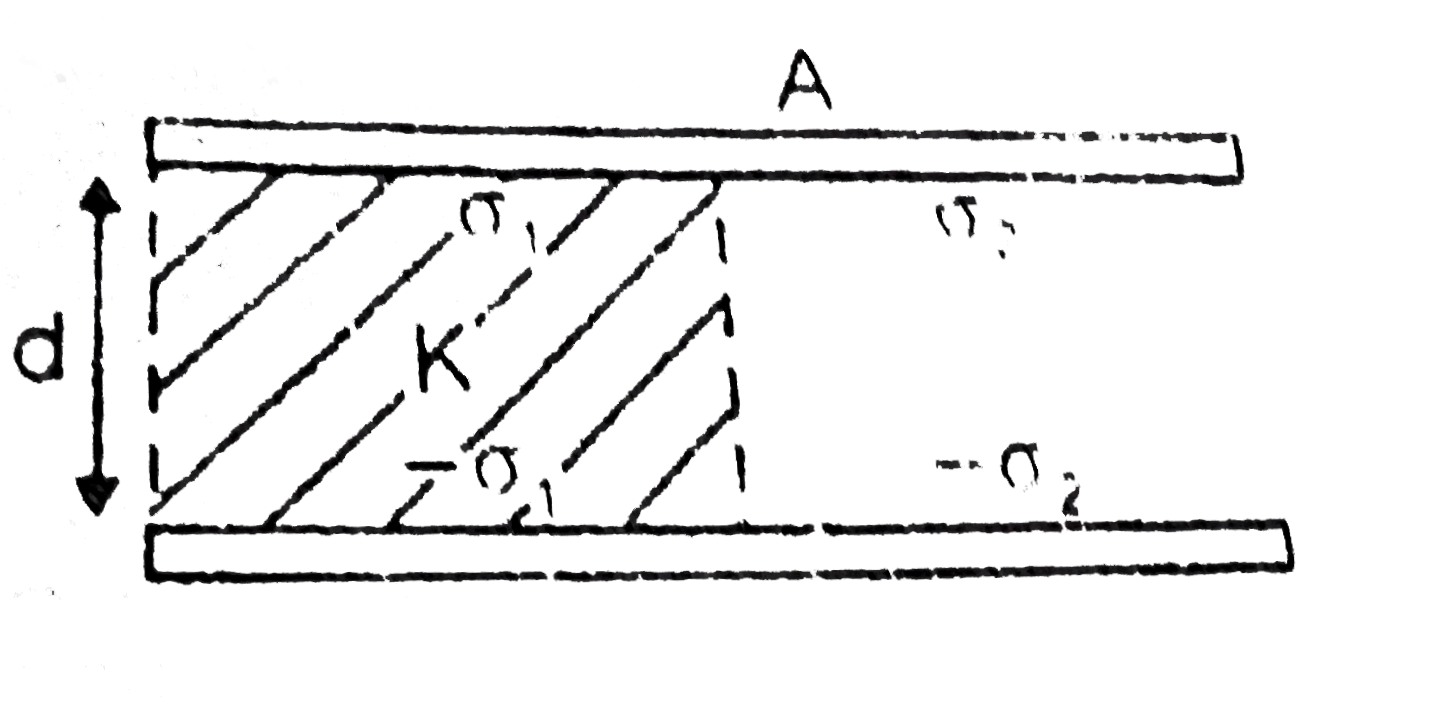The line charge density of a conductor
is inversely proportional to the length of conductor.
is directly proportional to the length of conductor.
does not depend on length.
none of the above.
The correct Answer is:A
To solve the question regarding the line charge density of a conductor, we can follow these steps:
1. Understanding Line Charge Density:
- Line charge density (λ) is defined as the amount of charge (Q) per unit length (L) of the conductor. Mathematically, it is expressed as:
λ=QL
2. Analyzing the Relationship:
- From the formula, we can see that line charge density is directly related to the total charge (Q) and inversely related to the length (L) of the conductor. This means:
- If the charge (Q) is kept constant and the length (L) increases, the line charge density (λ) will decrease.
- Conversely, if the length (L) decreases, the line charge density (λ) will increase.
3. Conclusion:
- Therefore, we conclude that the line charge density is inversely proportional to the length of the conductor when the total charge is constant.
4. Selecting the Correct Option:
- Based on the analysis, the correct option from the given choices is:
- Inversely proportional to the length of the conductor.
Final Answer:
The line charge density of a conductor is inversely proportional to the length of the conductor.
---
- Line charge density (λ) is defined as the amount of charge (Q) per unit length (L) of the conductor. Mathematically, it is expressed as:
λ=QL
- From the formula, we can see that line charge density is directly related to the total charge (Q) and inversely related to the length (L) of the conductor. This means:
- If the charge (Q) is kept constant and the length (L) increases, the line charge density (λ) will decrease.
- Conversely, if the length (L) decreases, the line charge density (λ) will increase.
- Therefore, we conclude that the line charge density is inversely proportional to the length of the conductor when the total charge is constant.
- Based on the analysis, the correct option from the given choices is:
- Inversely proportional to the length of the conductor.
The line charge density of a conductor is inversely proportional to the length of the conductor.
Similar Questions
A number of spherical conductors of different radii are charged to same potential. The surface charge density of each conductor is related with its radius as
View SolutionA parallel plate capacitor of area A and separation d is charged to potential difference V and removed from the charging source. A dielectric slab of constant thickness d and area A2 is inserted, as shown in the figure. Let σ1 be free charge density at the conductor-dielectric surface and σ2 be the charge density at the conductor-vacuum surface. The incorrect statement is

View Solution
Knowledge Check
Assertion: The whole charge of a conductor cannot be transferred to another isolated conductor. Reason: The total transfer of charge from one to another is not possible.
AIf both assertion and reason are true and reason is the correct explanation of assertion.BIf both assertion and reason are true but reason is not the correct explanation of assertion.CIf assertion is true but reason is false.DIf both assertion and reason are false.Assertion : Surface charge density of an irregularly shaped conductor is non-uniform.
Reason : Surface density is defined as charge per unit area.AIf both assertion and reason are true and reason is the correct explanation of assertion.BIf both assertion and reason are true but reason is not the correct explanation of assertion.CIf assertion is true but reason is false.DIf both assertion and reason are false.
A parallel plate capacitor of area A and separation d is charged to potential difference V and removed from the changing source. A dielectric slab of constant K =2, thickness d and are area A2 is inserted, as shown in the figure. Let σ1 be free charge density at the conductor-dielectric surface and σ2 be the charge density at the conductor-vacuum surface

View SolutionTwo spheres of radii 2 cm and 3 cm are charged to the same potential. If σ and σ2 be respectively the values of surface charge density on the conductors, then the ratio σ1σ2 will be
View SolutionWhat is the field in the cavity if a conductor having a cavity is charged? Does the result depend on the shape and size of cavity or conductor ?
View SolutionSome charge is being given to a conductor. Then its potential : -
View SolutionAssertion: The tyres of aircraft's are slightly conducting.
Reason: If a conductor is connected to a ground, the extra charge induced on conductor will flow to ground.
View SolutionElectric charges leak rapidly from the pointed edges of a conductor.
View Solution